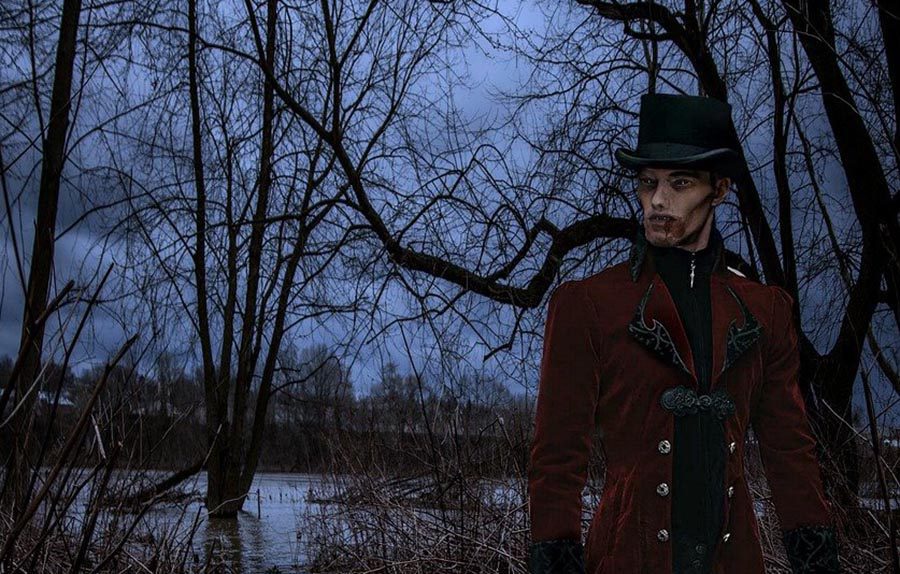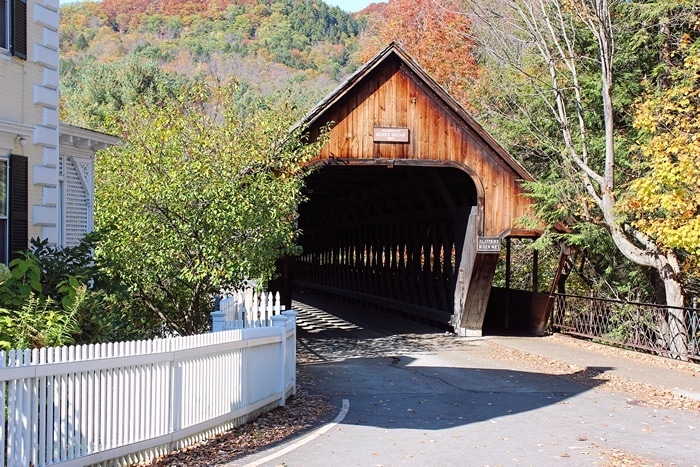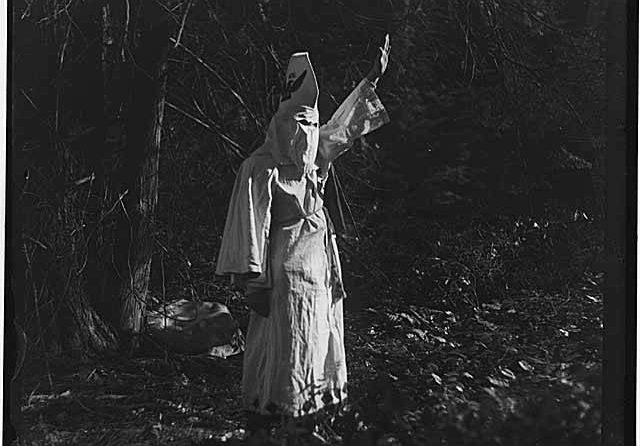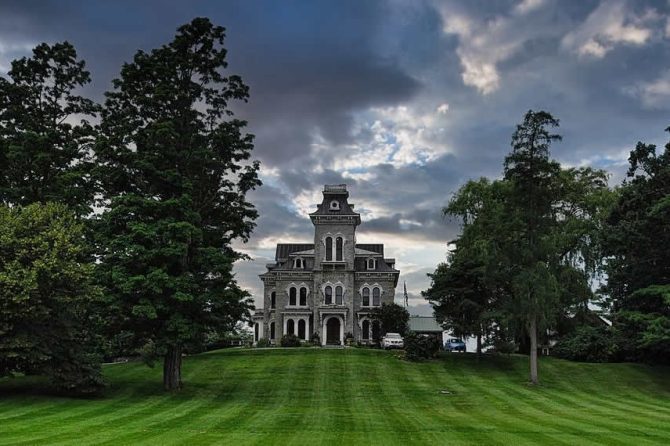A vampire's heart burned on the Woodstock, VT village green?
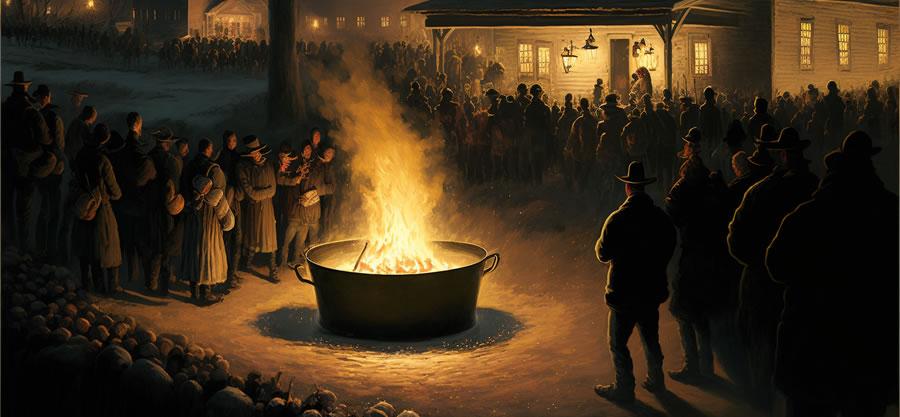
Maybe. There is a well known legend that suggests that in 1834 the eldest son of the Corwin family of Woodstock, VT died from a mysterious wasting disease. When another son became ill, townspeople of Woodstock advised the Corwins to take precautions against a vampire.
According to legend, the eldest brother was disinterred from the Cushing Cemetery and burned. His ashes were buried in an iron container beneath the Woodstock village green. Supposedly, a few local boys decided to get together late one night and dig up the burned ashes.
Vampire Legend or Local Folklore?
They quickly abandoned their grisly task when they heard unearthly screams and voices all around them. This may all be typical New England folklore as the town register does not contain any records about a Corwin family, who were born or died, held land plots, etc. in the Woodstock, Vermont community. Were there any vampires buried on the Woodstock green? If so, no one has yet found any evidence to confirm it. Maybe this is one well spun Vermont vampire legend without much bite!
Thank you for visiting Vermonter.com! Please subscribe to our email list for the latest articles!


